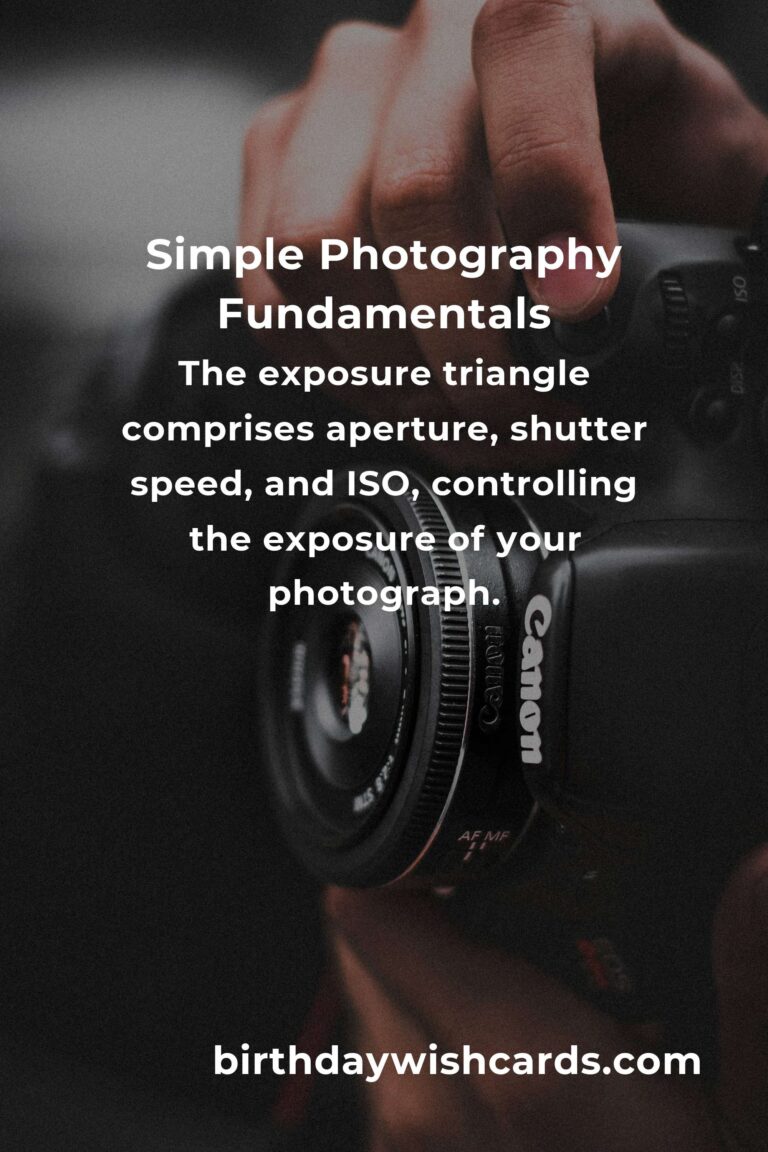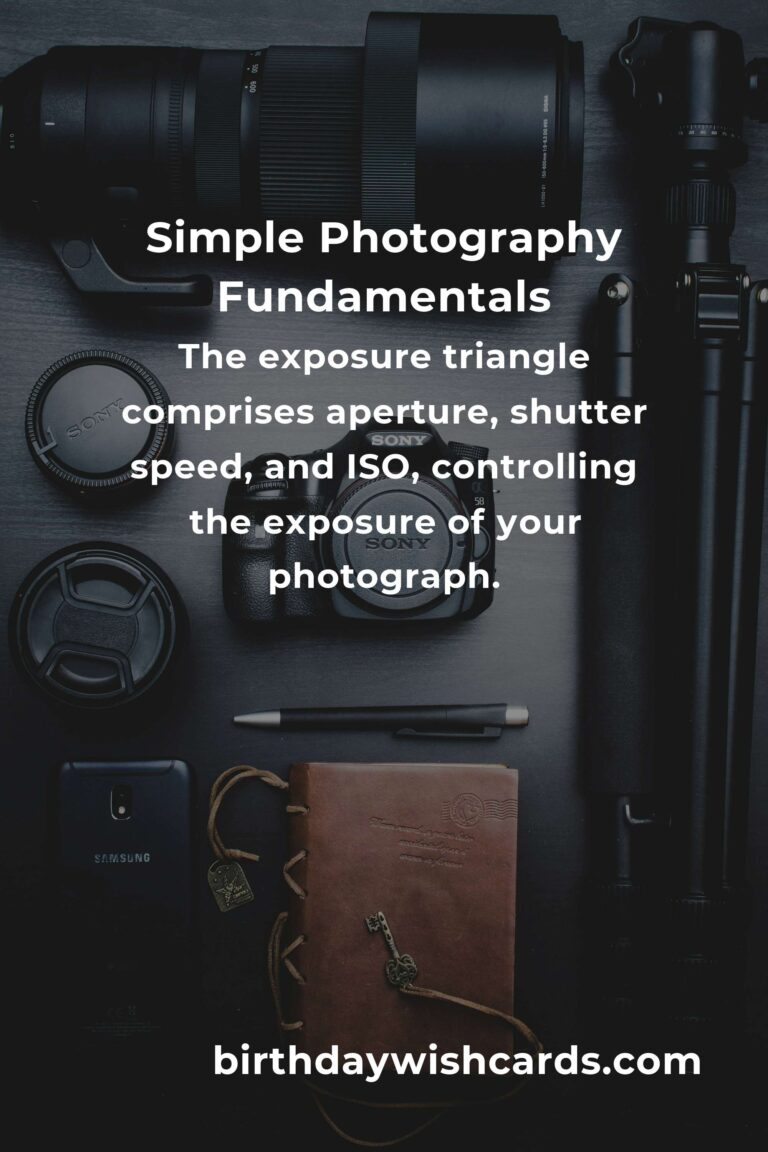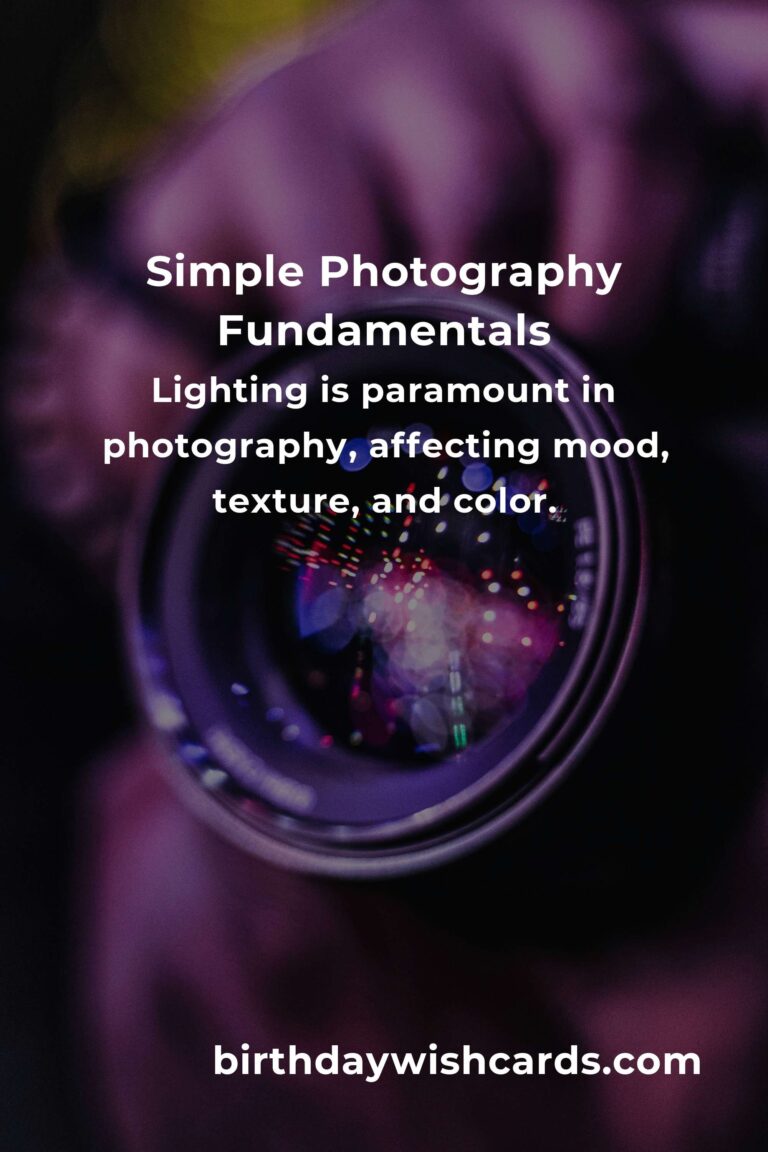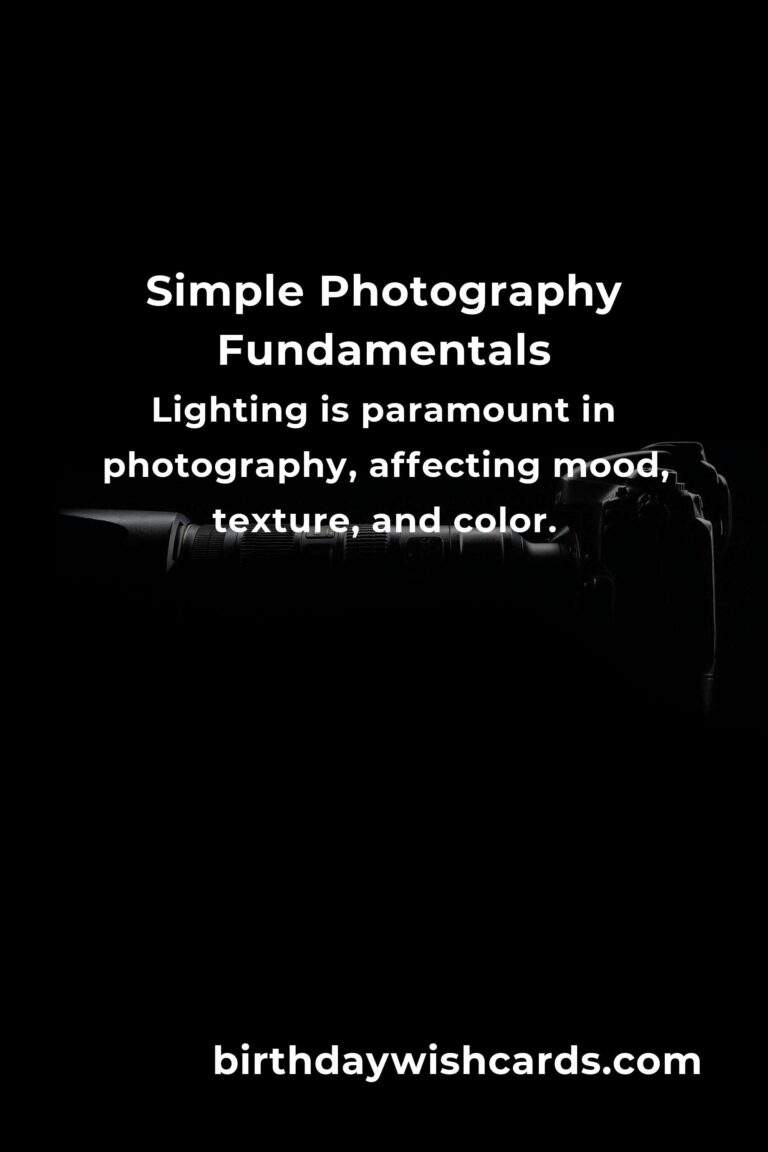
Photography is an art form that captures moments in time, telling stories without words. Whether you are a beginner or looking to refine your skills, understanding the basic principles of photography is crucial. This comprehensive guide will delve into the fundamental aspects of photography, offering insights and tips to help you master the art.
Understanding the Exposure Triangle
The exposure triangle is a foundational concept that every budding photographer should grasp. It comprises three elements: aperture, shutter speed, and ISO. Together, these components control the exposure of your photograph.
Aperture: This refers to the size of the opening in your camera lens through which light enters. It is measured in f-stops. A lower f-stop (e.g., f/1.8) means a larger aperture, allowing more light to hit the sensor, which is ideal for low-light conditions and creating a shallow depth of field.
Shutter Speed: This is the duration the camera’s shutter remains open to let light in. It’s measured in seconds or fractions of a second. Faster shutter speeds (e.g., 1/1000) can freeze motion, while slower speeds (e.g., 1/30) are suitable for capturing movement or low-light scenes.
ISO: This determines the camera sensor’s sensitivity to light. A lower ISO (e.g., 100) means less sensitivity and is preferable in bright conditions, while a higher ISO (e.g., 3200) is useful in darker environments but may introduce noise.
Composition Techniques
Composition is what sets great photographs apart. It’s about arranging elements within your frame to create balance, focus, and interest. Here are some essential techniques:
Rule of Thirds: Divide your frame into a 3×3 grid. Positioning your subject along these lines or intersections can make your image more balanced and engaging.
Leading Lines: Use natural lines in your environment to guide the viewer’s eye towards the subject. This technique adds depth and dimension to your photos.
Framing: Use elements in the scene to frame your subject, drawing attention to it and adding context to the image.
Lighting Essentials
Understanding lighting is paramount in photography. It affects mood, texture, and color. Here are some tips:
Golden Hour: The period shortly after sunrise or before sunset, known as the ‘golden hour,’ offers soft, diffused lighting, ideal for capturing landscapes and portraits.
Natural Light: Utilize natural light sources as much as possible. Reflectors can help bounce light onto your subject, reducing harsh shadows.
Artificial Light: When natural light is insufficient, consider using additional sources like flashes, LEDs, or studio lights to achieve the desired effect.
Post-Processing Basics
Post-processing is the final step in creating stunning images. It involves editing your photos to enhance or correct them.
Software: Familiarize yourself with editing software like Adobe Lightroom or Photoshop to adjust exposure, contrast, and color balance.
Presets: Utilize presets to streamline your editing process, ensuring consistency across your photo collection.
Retouching: Use retouching tools to remove imperfections or unwanted elements, but remember to maintain the photo’s natural look.
Choosing the Right Equipment
While great photography can be achieved with any camera, understanding your gear can enhance your capabilities.
Camera Types: DSLRs and mirrorless cameras offer flexibility and control, while smartphones are perfect for spontaneous shots.
Lenses: Different lenses serve various purposes – wide-angle for landscapes, telephoto for wildlife, and primes for portraits.
Accessories: Tripods, filters, and external flashes can expand your creative possibilities.
Conclusion
Mastering photography fundamentals requires practice and patience. By understanding the exposure triangle, composition, lighting, post-processing, and equipment, you can elevate your photography skills. Embrace experimentation and continue learning to capture the world through your unique lens.
Photography is an art form that captures moments in time, telling stories without words. The exposure triangle comprises aperture, shutter speed, and ISO, controlling the exposure of your photograph. Composition techniques like the rule of thirds and leading lines can make your images more engaging. Lighting is paramount in photography, affecting mood, texture, and color. Post-processing involves editing your photos to enhance or correct them, using software like Adobe Lightroom or Photoshop. Mastering photography fundamentals requires practice, patience, and continuous learning.
#Photography #ExposureTriangle #Lighting #Composition #PhotoEditing













